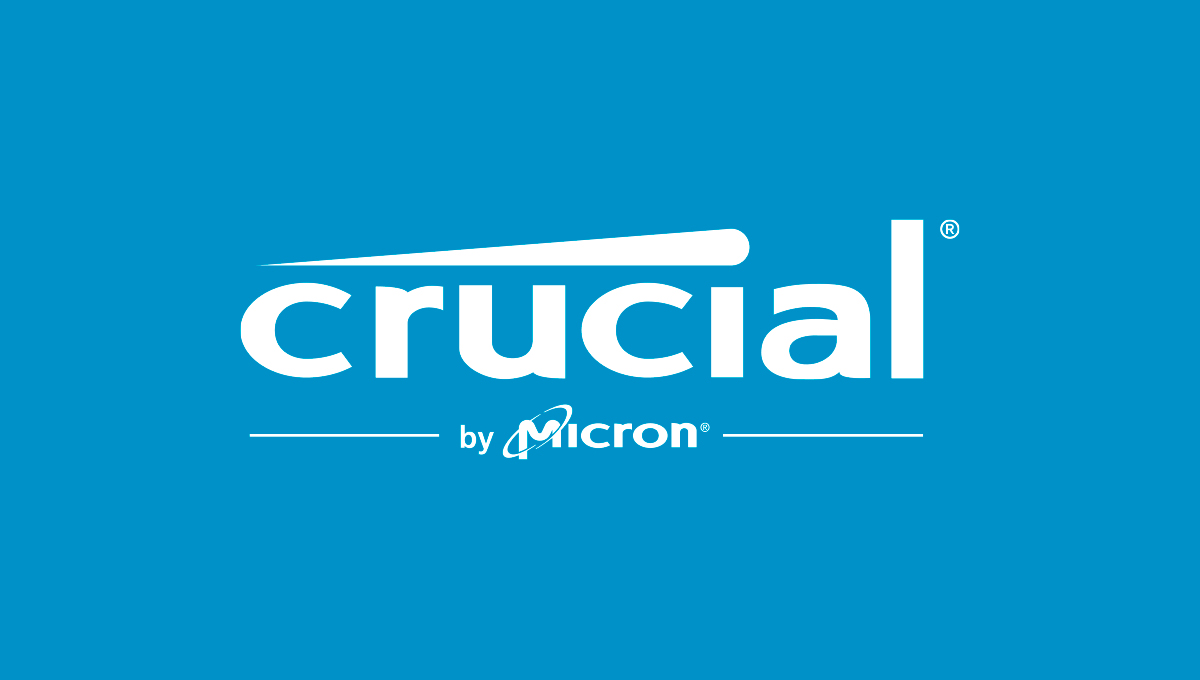- Joined
- Feb 3, 2017
- Messages
- 3,481 (1.32/day)
| Processor | R5 5600X |
|---|---|
| Motherboard | ASUS ROG STRIX B550-I GAMING |
| Cooling | Alpenföhn Black Ridge |
| Memory | 2*16GB DDR4-2666 VLP @3800 |
| Video Card(s) | EVGA Geforce RTX 3080 XC3 |
| Storage | 1TB Samsung 970 Pro, 2TB Intel 660p |
| Display(s) | ASUS PG279Q, Eizo EV2736W |
| Case | Dan Cases A4-SFX |
| Power Supply | Corsair SF600 |
| Mouse | Corsair Ironclaw Wireless RGB |
| Keyboard | Corsair K60 |
| VR HMD | HTC Vive |
JEDEC spec is CL20 to CL22.They found some DDR4-3200 MHz CL22??? You can bet your arse that they totally mangled the rest of the DDR4 memory sub-timings to be as high in latency as possible.
DDR5 like other new generation memory standards are likely to get to servers first and there memory tends to be run at standard speeds.
It does make it dual channel but if each channel is now 32-bit instead of 64-bit as with DDR4 the extra channel benefit is largely negated.Even when using two DDR5 sticks the system will still be dual channel (dual rank, 2 dimm's per channel) because that is determined by the motherboard. The fact that DDR5 enables dual channel from a single stick does not make the system magickly quad channel when using two or even four sticks. Quad channel requires motherboard and CPU support. Alder Lake-S is dual channel. That more than anything confirms that it will be dual channel.







